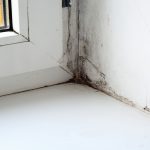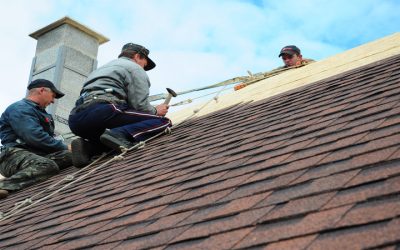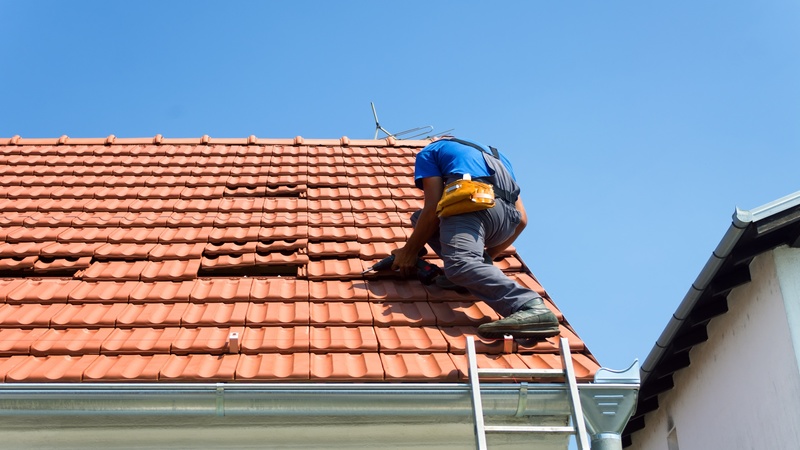Replacing your roof is a big decision—one that affects your home’s protection, energy efficiency, and curb appeal for decades to come. Whether your roof is nearing the end of its lifespan or has suffered major damage, it’s essential to understand the process and costs involved in residential roof replacement.
This guide will walk you through what to expect, how to prepare, and how to choose the right roofing solution for your needs and budget.
1. When Is It Time for a Roof Replacement?
Not every issue requires a full replacement, but some signs mean it’s time to invest in a new roof. Look for:
- Shingles that are curling, cracked, or missing
- Leaks or water damage in multiple areas
- Mold, moss, or algae growth that can’t be cleaned
- Roof sagging or structural damage
- Age over 20–25 years, depending on the material
A professional inspection will confirm whether repairs or full replacement is the better option.
2. Understanding Home Roof Replacement Cost
Many homeowners wonder, how much does a new roof cost? The answer depends on several factors:
- Roof size and pitch
- Material choice (asphalt shingles, metal, tile)
- Local labor rates
- Removal and disposal of the old roof
- Complexity of the installation
On average, home roof replacement cost can range from $8,000 to $20,000 or more. While this may feel overwhelming, investing in quality materials and professional installation will save money over time by reducing repairs and improving energy efficiency.
3. Re-Roofing vs. Full Replacement: What’s the Difference?
H3: Re-Roofing Services
If your roof is in generally good shape but has minor wear, re-roofing services—adding a new layer of shingles over the old one—can be a cost-effective option. Re-roofing typically costs less and takes less time, but it’s not appropriate if:
- The roof already has multiple layers
- There are major leaks or structural issue
- Local codes prohibit additional layers
H3: Full Replacement
A complete tear-off and new roof installation is the most thorough solution. It allows contractors to inspect the decking, repair hidden damage, and install updated underlayment and flashing for maximum protection.
4. Choosing the Right Materials for Your New Roof
Your material choice affects the look, performance, and lifespan of your roof. Popular options include:
- Asphalt Shingles: Affordable and versatile, lasting 20–30 years
- Metal Roofing: Long-lasting, energy-efficient, and durable
- Tile or Slate: Premium aesthetics and lifespan, but higher cost
Ask your contractor about warranties and maintenance requirements for each material so you can make an informed decision.
5. What to Expect During Installation
Professional roof replacement typically follows these steps:
- Delivery of materials to your home
- Removal of old roofing layers
- Inspection and repair of decking if needed
- Installation of underlayment, flashing, and ventilation
- New shingles or panels installed
- Clean-up and final inspection
Most projects take 1–3 days, depending on the size and complexity of your roof.
Call to Action
If you’re ready to improve your home’s protection and value, reach out to Valley Roofing and Repair for a free estimate. We’ll walk you through every step of the residential roof replacement process and help you choose the perfect solution for your budget and goals. Contact us today to get started.







